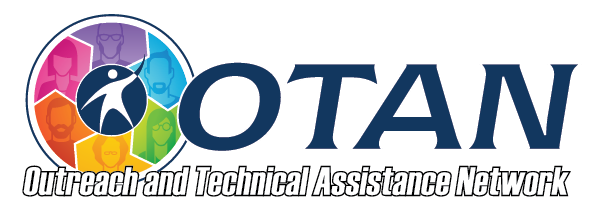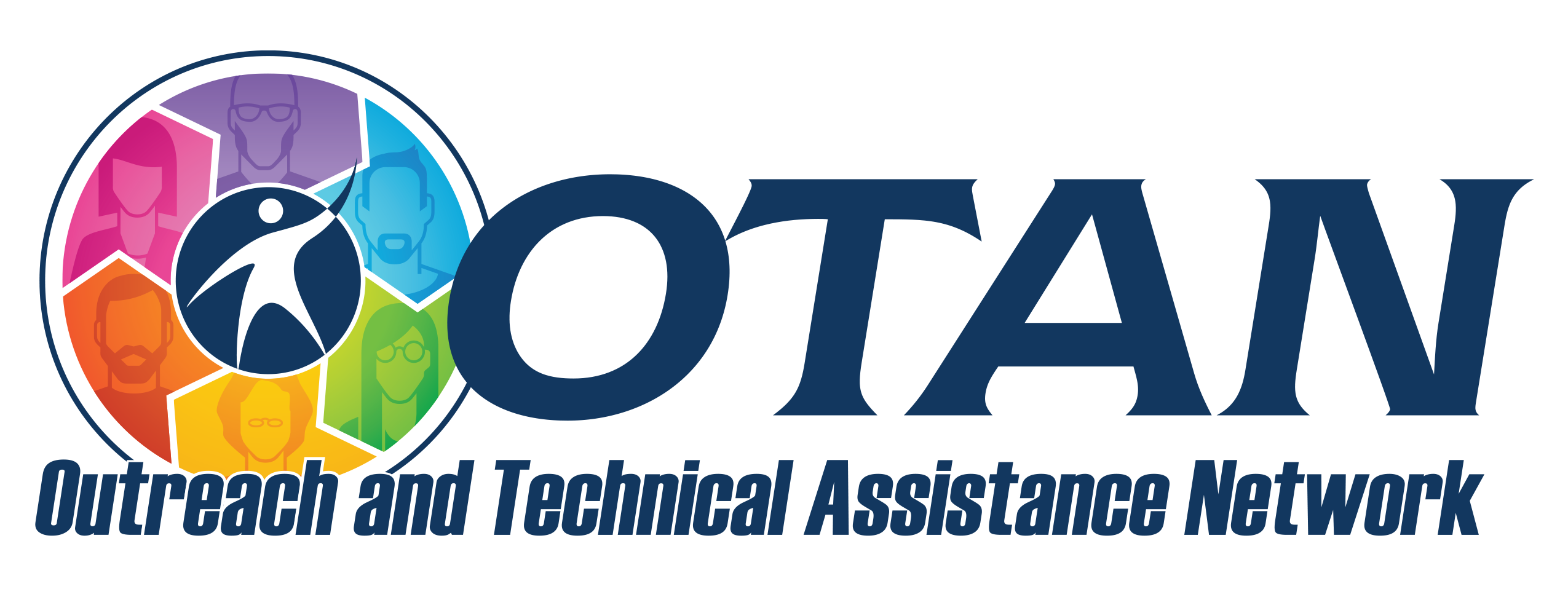The Adult Learner Variability Navigator (ALVN)
by Susan Gaer
Introduction:
The Adult Learner Variability Navigator (ALVN) is one of the only tools for adult educators that links learner factors, and strategies to research. The project was funded through Digital Promise, a global nonprofit working to expand opportunity for every learner.
Themes:
ALVN has 3 themes highlighted for adult learning
- Adults need a variety of 21st century foundational skills to survive and thrive. These 21st century skills include digital literacy skills and communication skills.
- Adults must see the benefit of learning tasks to fully engage. Learner factors are critical to the learning process.
- Engaging in lifelong learning activities is interconnected with general well-being. Emotional, Cognitive and physical well-being can impact our learning.
There are two components to this model, learner factors and learning strategies which are all tied to research in the field.
Learner Factors and Strategies
There are numerous factors that affect learning in adults. (Figure 1). These factors are divided up by the themes with the exception that Theme 3 is divided up by emotional and cognitive factors. Therefore, there are four columns instead of 3.
Figure 1: 
The second area of importance is the strategies that can be used with adult learners (Figure 2).At the current time there are 74 different strategies.
Figure 2: 
How to use the Navigator
All of the strategies and factors are based on current research in the field. It is easiest to navigate through strategies by filtering learner factors and then focusing on the strategies that meet your outcomes. For example: my learners are beginning ESL students. I decided to choose 3 factors; digital literacy, learner mindset and long term memory. This brings me up with 21 different possible strategies (Figure 3). From these strategies, I decide to take a look at spaced learning. This is something I have heard of as important for long term memory but I have not developed a lesson to incorporate yet.
Figure 3: 
As soon as I click on the strategy (Figure 4), I see an overview of the strategy, how to use it and additional resources. I see a left side navigation bar with options that will jump me down to a specific section (Figure 5). There is the overview which gives you an overview of the strategy. There is the learning environment which actually shows you how to use it. Additional resources which include examples, research, tools and professional development. This is where you can learn more about how to use your strategy and get the research that supports it. Then there is supported factors and related strategies that you can use to create more breadth and depth. There is also a save for later button. If you make an account which I strongly suggest you do, you can save your research on a workspace for later. ALVN is not a commercial entity. As a non-profit, it does not advertise or ask for money in any way. By signing in, you only secure a space to save your resources.
Figure 4: 
Figure 5: 
Using Workspaces
Once you have an account with ALVN, you can create workspaces for your different classes. For example, I have created workspaces for my two classes (Figure 6). I create the workspace, add a strategy. Create my second workspace and add a strategy. You can continue doing this until you have all the workspaces you need. This way you can save your work to review and dive into much further later.
Figure 6: 
Applying ALVN to your class
My class is a beginning ESL class with students who range from literacy to high beginning. Student ethnic backgrounds are Russian, Ukraine, Afghanistan, China, Mexico, Central and South America. Because I have so many students who are fleeing and escaping due to war or poverty, I am going to focus on the factors of adverse experiences, learner’s mindset, attention and problem solving. This gives me 32 different strategies that I can use. The one strategy that stands out to me is Goal setting and Monitoring. This strategy seems to be one that I can use for all the students in my class. I scroll down to additional resources to start my research (Figure 7). My first step is to read the research so that my activity will be researched-based. Once I have a solid foundation of the research, I will start looking at activity types by reading the examples first on “Effective Goal Setting” and “Setting SMART Goals for Adults”. Interestingly I find this activity called Goal Visualization on page 18. I decide this would be a great listening activity and helps with my students’ self being. I would have never found this activity, without the help of ALVN.
Figure 7: 
Conclusion
ALVN is a great tool for helping you to be inclusive by filter adult learner factors along with appropriate strategies to use with your learners. There is no other tool like this designed for the adult learner. I hope you will find this tool as useful as I have.

